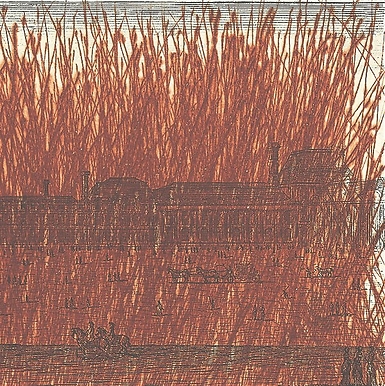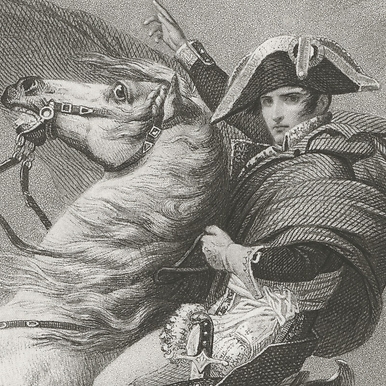Known since Antiquity, physiognomy aims to understand a person's character based on their physiognomy. Charles Le Brun (1619-1690), King Louis XIV's first painter, took an interest in physiognomy and produced a whole series of drawings comparing certain types of human faces with animal heads. Le Brun...
Known since Antiquity, physiognomy aims to understand a person's character based on their physiognomy. Charles Le Brun (1619-1690), King Louis XIV's first painter, took an interest in physiognomy and produced a whole series of drawings comparing certain types of human faces with animal heads. Le Brun sought both to highlight the specific features of each animal and to emphasize their correspondence with those of certain types of human face. With three or four exceptions, Le Brun's drawings remained unpublished until the end of the 18th century, when the Enlightenment sparked renewed interest in physiognomy among doctors and philosophers, who laid the foundations for the study of the human subconscious. The director of the Musée Napoléon, Dominique-Vivant Denon (1747-1825), had a set of 37 plates engraved for the Chalcographie du Louvre, accompanied by a text by Louis-Joseph Morel d'Arleux, the first curator of the Cabinet des Dessins et de la Chalcographie. Louis-Pierre Baltard and André Legrand were commissioned to engrave the plates. This work appeared in 1806 under the title Dissertation sur un traité de Charles Le Brun, concernant le rapport de la physionomie humaine avec celle des animaux (Dissertation on a treatise by Charles Le Brun, concerning the relationship between human physiognomy and that of animals), with the engraving of the drawings used to demonstrate this system.
























